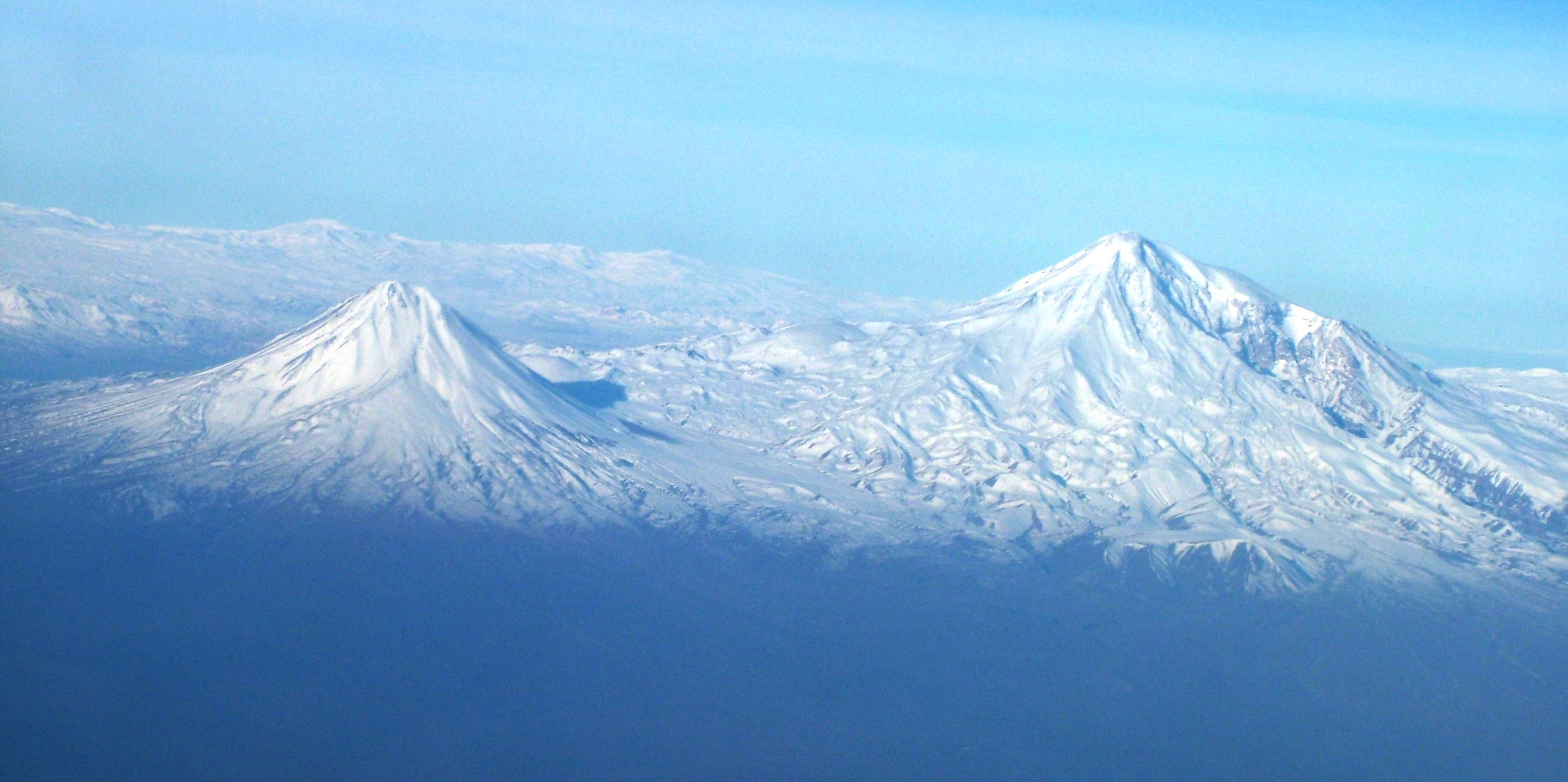Return
|
Ref ID: 1PD2024/8907 | Posted On: 24-09-2024 | Updated on: 24-09-2024
|
|
Armenian music - France Culture
Click on photo to view full image or click to watch video.
Click on the link in Source, below the photo, to listen
France Culture The video is in French
Telling both a story of exodus and internal exile, Armenian music is marked by many influences.
Liturgical music is everywhere in Armenian society. In addition, the Armenian plateaus were crossed by great empires and Armenia was a Christian country surrounded by nations that were not. In fact, Armenian religious songs acquired great importance within the Church but also outside it.
And if orality was a major element, Armenian music is also rich in texts of more than 400 years, which speak of war or plague, but also of the beauty of nature, the world, Men or God.
Key instruments
Armenian music includes many instruments, true gateways between East and West. Among them, the duduk, the kamancha, or the kanoun, which allows for half-tones and was once disliked after the Armenian genocide because it was considered too oriental. It has since been reinvested.
Monks, bards and other poets
Great names have left their mark on Armenian music. Sayat Nova (1712-1795) is one of the most famous. Born in what is now Georgia, he was a monk but also a wandering bard to whom we owe many poems on love.
Another great name is the Armenian apostolic priest and cantor Komitas (1869-1935). After studying in Berlin, he returned to his country where he collected many Armenian liturgical and popular songs before the genocide, thereby helping to preserve this material. Having survived the genocide, he ended his days in a psychiatric hospital in Villejuif.
Later, Arno Babadjanian (1921-1983), born in Soviet Armenia, composed both rock and jazz as well as traditional Armenian music. Among his works, a Heroic Ballad for piano and orchestra (1950).
Sound clips :
- Norayr Kartashyan & Van Project, Attention, album The Land of Trees, 2010
- Arpi Alto, Im Sokhak, album My Soul in the Mountains 2021
- Norayr Kartashyan, Kochari, album Armenian Folk: Blul, Pku, Parkapzuk, 2024
- Archive de Gérard Kurkdjian, Chrétiens d’Orient, France Culture, 2017
- The Naghash Ensemble, Meditation On Greed And Poverty , album Naghash: Songs of Exile, Vol. 2 (Credos & Convictions), 2016
- Petros Afrikyan, Sur les rives de Mère Araqse,album Armenian Souls, 2023
- Archive de Christian Poché, Décibels, France Culture, 2006
- Komitas,Tzirani tzar (Abricotier) pour piano et duduk interprété par Varduhi Yeritsyan et Araik Bartikian, 2015
- Archive de Astrig Siranossian, En sol majeur, RFI, 2023
- Astrig Siranossian, Chinar es, album Duo Solo, 2022
- Hingala (arrangement de Shushanik Saghatelyan, transportation de Narek Kazazyan) interprété par Narek Kazazyan et Astrig Siranossian
- Archive de Charles Aznavour, Le bon Plaisir, France Culture, 1990
- Sayat Nova, Kani vur djan im (Chant d'amour), album Esprit d'Arménie, 2012
- Archive de André Manoukian, Affaires Culturelles, France Culture, 2023
- Komitas, Mokac Mirza
- Komitas, Mani Assem = Tu Tisses, Je Parle = You Weave, I Speak, interprété par Les Maîtres de musique d'Arménie, album Les Maîtres De Musique D'Arménie & Anna Mayilyan, 2007
- Aram Khachaturian, Cello Concerto in E minor; III. Allegro (a battuta), interprété par Astrig Siranossian, 2018
- Archive de Jean-Paul Gasparian, L'invité du jour,France Musique, 2022
- Arno Babadjanian, La Ballade Héroïque



